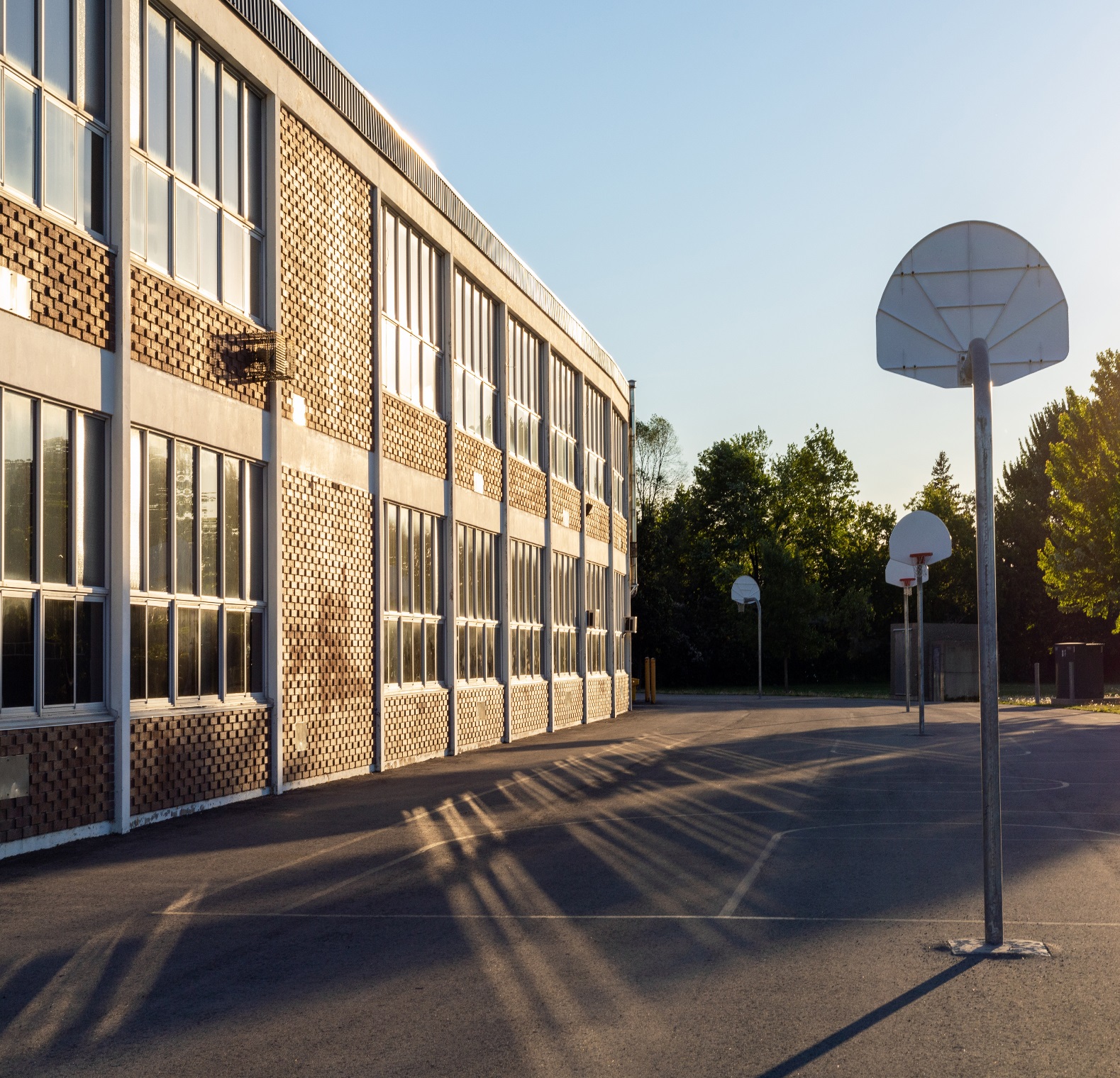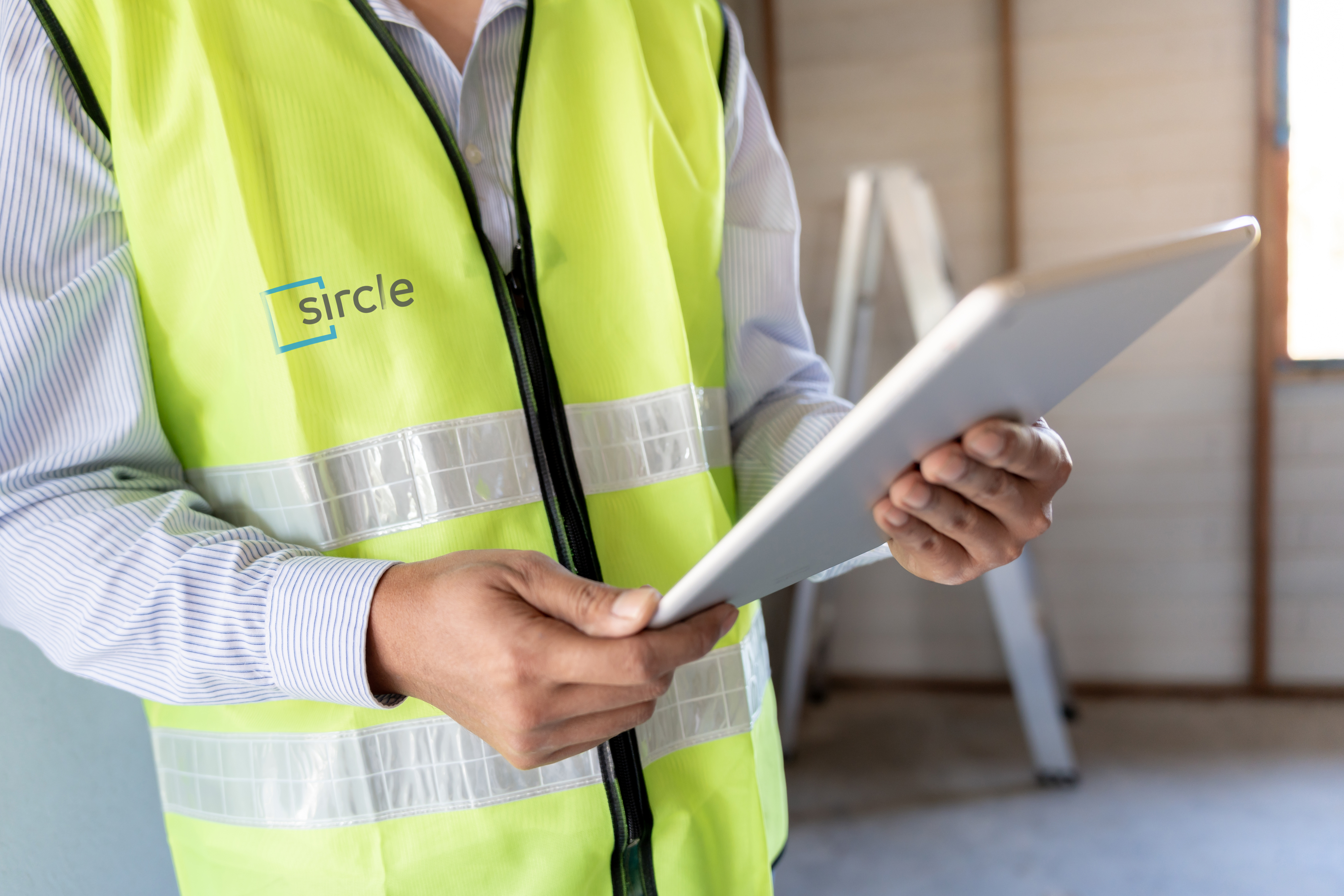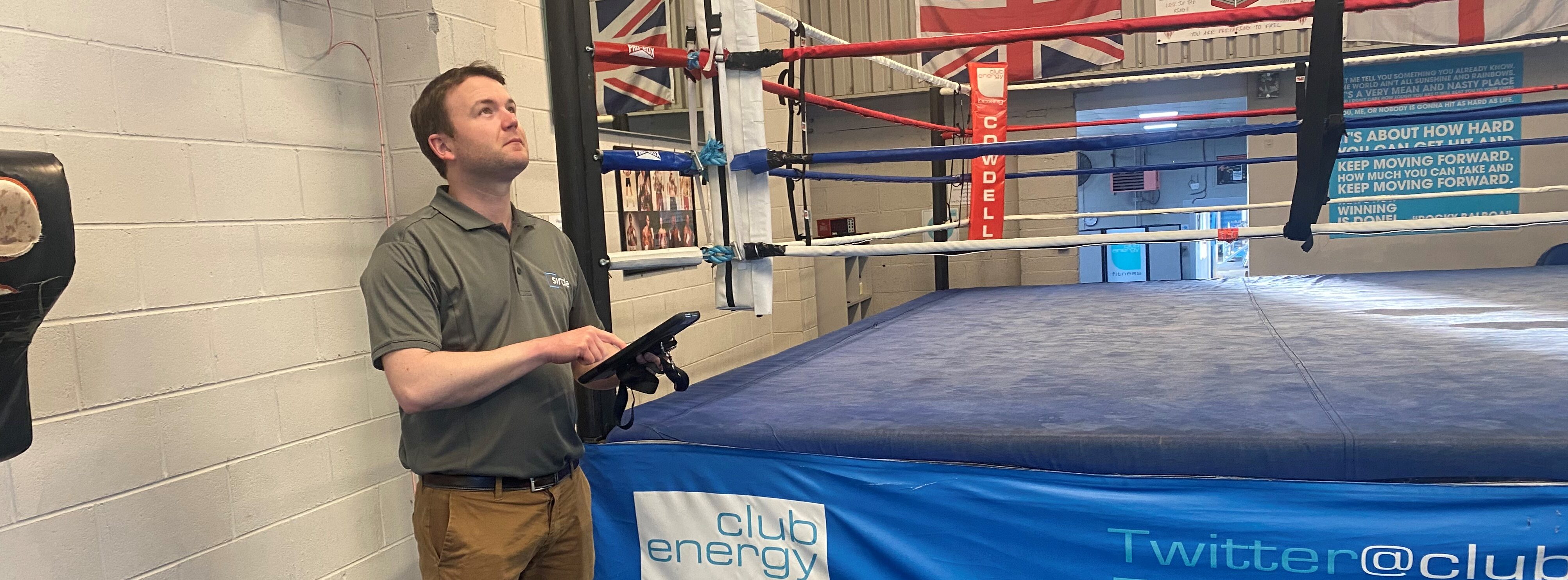
Don’t Miss Out. CIF 2026/27 Expressions of Interest Are Now Open.
Expressions of interest for the next round of CIF (Condition Improvement Fund) Funding for 2025/26 are now open, with the…

A Schedule of Condition (SOC) survey is a professionally compiled document that provides a detailed and impartial record of the condition of a property at a specific point in time. It typically includes comprehensive written descriptions of each building element—such as walls, floors, ceilings, roofs, windows, and external areas—accompanied by high-resolution photographs to visually support the observations.
This type of survey serves as a valuable reference document, often used to establish the state of a property prior to the commencement of a lease, construction work, or refurbishment. It helps to protect both landlords and tenants by clearly documenting any existing defects or areas of disrepair, thereby reducing the risk of disputes over liability for damage or dilapidations at the end of a tenancy or project.
Schedule of Condition surveys can be carried out on both residential and commercial properties, including associated external areas such as driveways, boundary walls, landscaping, and outbuildings.

Sircle combines technical expertise with advanced digital tools to deliver precise and reliable Schedule of Condition surveys. Our experienced Building Surveyors carry out thorough inspections, recording accurate written descriptions alongside extensive photographic evidence.
What sets us apart is our use of interactive 360-degree imagery, allowing clients to visually explore the condition of the site and link directly to specific survey items. This creates a clear, accessible digital record that supports better understanding, future reference, and dispute resolution.
With Sircle, you get more than a report—you gain a detailed visual record of your building’s condition, backed by trusted expertise.
Examples of Sircle’s surveying team at work.

A Sircle Surveyor conducting a condition survey at a large gym building in the midlands
A Schedule of Condition survey documents the exact state of a property at a specific point in time. It is typically used before signing a lease, starting construction work, or adjacent developments to help protect all parties from future disputes over damage or repairs.
While not a legal requirement, it can form part of a lease agreement or contract, providing important supporting evidence in the event of a dispute. It can be referred to in legal proceedings if necessary.
